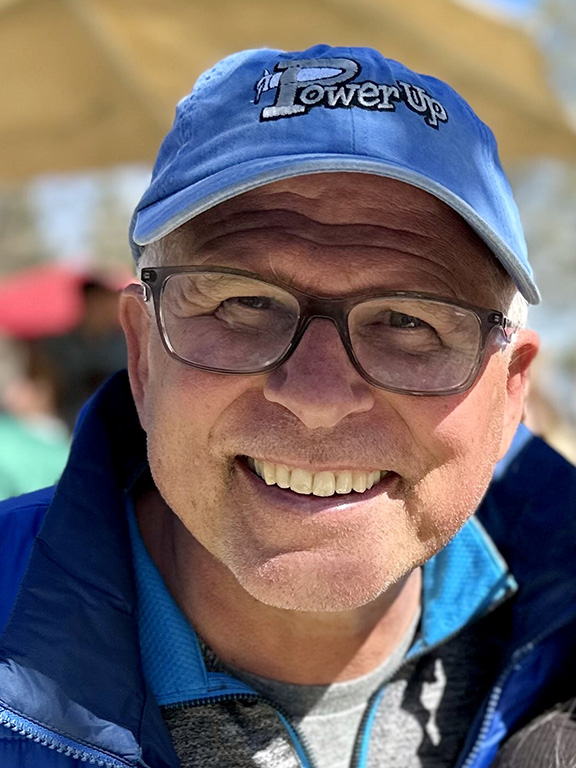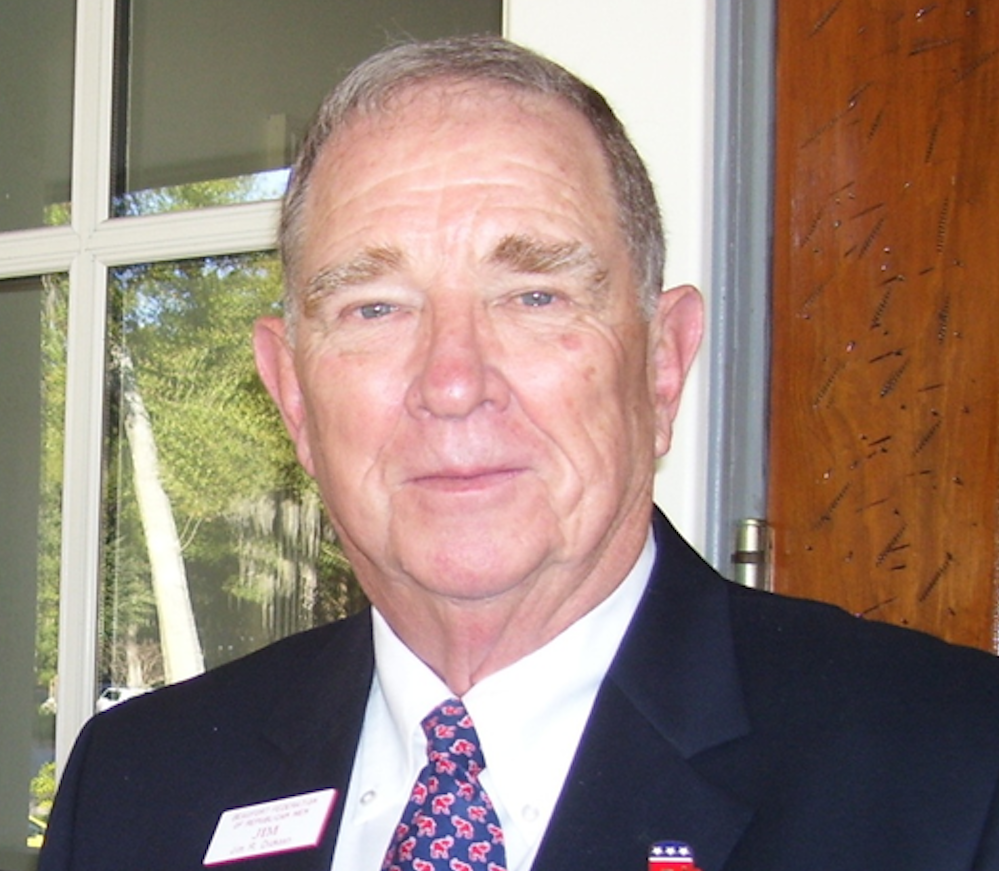By Richard Eckstrom
As I’ve traveled the state over the years, it hasn’t been uncommon for members of the law enforcement community to bring up issues that concern them. And gang activity is one subject that often comes up.
No longer just a big city issue, gang activity is on the rise in even small communities across the state and nation. Sometimes you’ll read about it. However, authorities are regularly investigating gang-related crimes that don’t reach the public’s eye.
Efforts to deal with the menace are frequently complicated by a number of factors – high among them a lack of candor. Politicians, neighborhood leaders and business groups tend to want to put forward the most flattering image possible of their community. Thus, they don’t want the kind of headlines that a focus on gangs might bring.
But as those on the front lines will tell you, any successful gang-fighting strategy hinges on public awareness. Citizens must know about the problem, understand the stakes and participate in decisions to restore safety to their streets. Tip-toeing around the problem will only make it worse.
A recent shooting in Columbia reflects a familiar pattern. In mid-September, gunmen opened fire outside a nightclub in the middle of the city, injuring eight people. What was the motive? The curious citizen was left to guess as the details came out at a snail’s pace.
Initial media reports even omitted the normal details such as a description of the shooters, even after police had identified suspects. Citizens were kept in the dark and were nervous about the unknown threat.
Public statements spoke of the “violence that grips our country,” as if to deflect attention from the violence here locally. And officials have still not outlined what steps they’ll take to avert a problem in the future.
Most of the information made public came not from local officials but from the FBI, which released specifics about the incident – including details captured on surveillance cameras – after a special agent filed a federal gun charge against one of the suspects.
Ultimately, the shooting was labeled a “music industry” conflict. Whether that’s sugar-coating the issue I can’t say. But if there’s a difference between gang violence and “music industry” violence, it’s certainly a minor one.
An all-too-frequent problem facing local governments is that meat-and-potatoes issues such as public safety take a back seat to big-ticket, headline-grabbing initiatives. Again, Columbia offers a cautionary tale.
Four years ago, the capital city went more than six months without a permanent police chief. Yet officials were loath to publicly mention the police department’s woes. Instead, their focus at the time was on building a shiny new baseball stadium.
Sadly, this period of instability for the police department came during a period of escalating gang activity and a rash of shootings, including the slaying of a mother of four by documented gang members, and a shooting that left a USC student paralyzed.
The city got its stadium – a nice one, to be sure – and a first-rate minor league team. To some residents, however, the ball park stands as a monument to misplaced priorities … a failing that put people’s safety at risk.
My intent is not to denigrate the city but to encourage an important conversation. Keeping citizens safe is a core function of government, and citizens aren’t well-served when their leaders neglect or gloss over serious challenges, especially violent crime.
Certainly, a community’s sense of pride and image are important to its vitality. But that pride is beneficial when it’s harnessed to solve problems, not when it’s cause to sweep them under the rug.
Gangs, in particular, are an uncomfortable reality statewide. I’ve spoken with multiple law enforcement professionals who have shared their thoughts on a range of possible solutions. But one sentiment they all share is that the first step toward solving this problem is acknowledging it.
Richard Eckstrom is a CPA and the SC comptroller.






